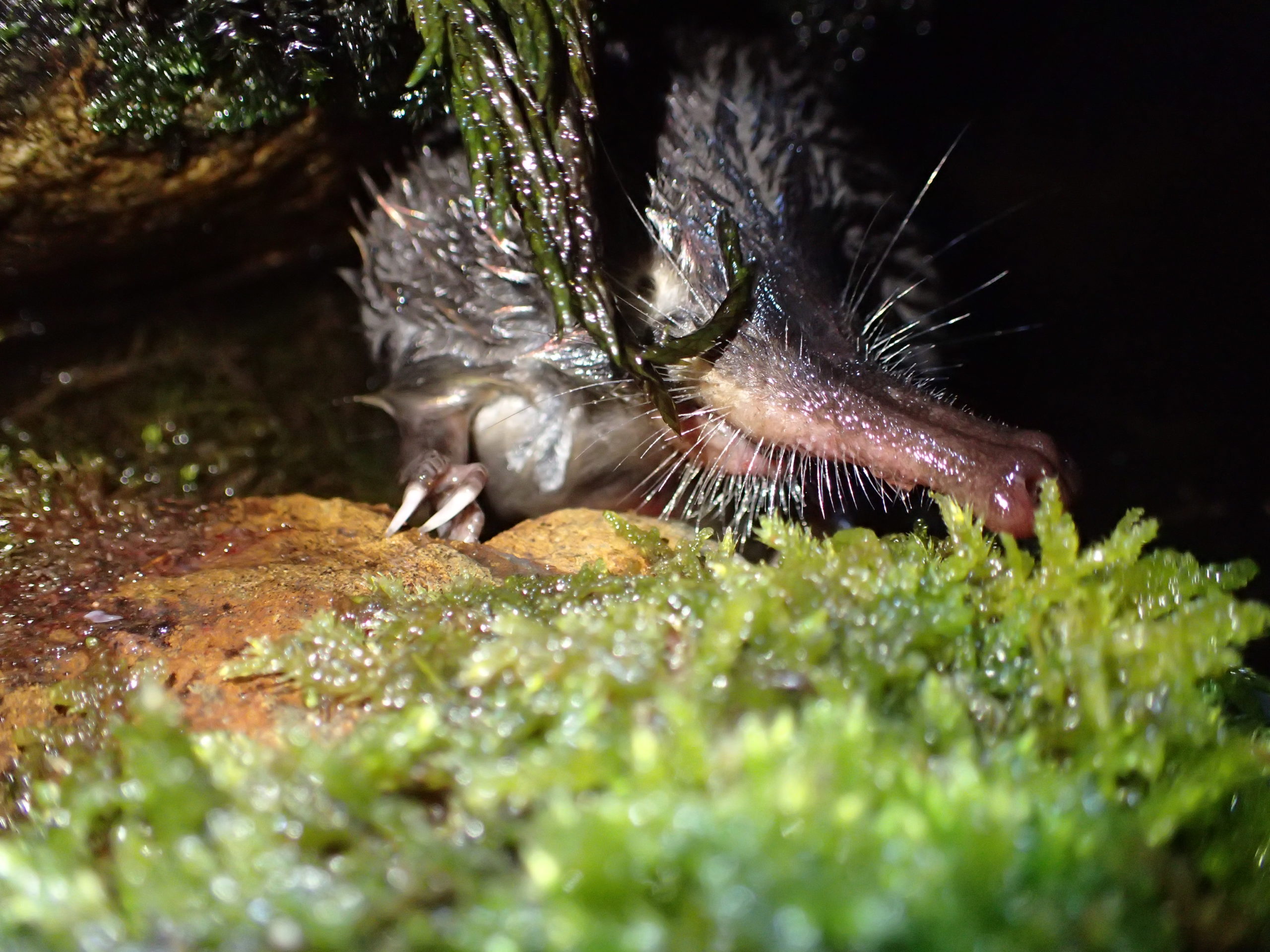The Pyrenean Desman (Galemys pyrenaicus) is assessed as Endangered. The species is undergoing continuous declines in its area of occupancy across its whole range. Occupancy declines have been documented in Spain, France and Portugal. An overall decline of 50% over the last ten years is plausible, and given that the threats to this species are not well understood, and it is likely that they have not ceased, it is realistic to expect a further decline over the next ten years.
Key Species Champion
Lorenzo Quaglietta
How this species is doing
Pressure
This species is confined to a very vulnerable habitat in a restricted area. The major threats stem from river bed sealing by alluvial deposit due to ground disturbance by anthropic activities, water extraction for agriculture and artificial snow, water pollution, public works on river banks, and habitat fragmentation caused by the isolation of river networks and the construction of hydro-electric plants, dams and reservoirs, although there is some evidence that individuals can disperse across terrestrial habitats and bypass hydraulic plants. Other threats are direct persecution from fishermen who incorrectly believe this species to be a threat to fish stocks, especially trout, or from over-eager collectors. Poison, nets and explosives are used as fishing methods in Portugal, which would kill the desman. The escape of North American mink (Neovison vison) from fur farms in northern Iberia and southern France might have a potentially strong negative impact on desman populations in Galicia and Portugal and the French Pyrenees. Other invasive species, such as the Red (Procambarus clarkii) and the signal (Pacifastacus leniusculus) crayfish may also negatively impact the species. The species is also predated by otters in Galicia, Portugal and the French Pyrenees (making up to 5% of otter diet). Climate change is anticipated to be a serious threat to the desman in the near future. Most or all populations seem to have a high level of inbreeding, exacerbated by fragmentation and lack of connectivity between populations.
Responses
It is strictly protected under the Bern Convention (Appendix II) and the EU Habitats and Species Directive (Annexes II and IV). In Spain, the species is considered Vulnerable because populations have disappeared from the formerly known range. In France, it is listed Vulnerable A2c B(1+2)ab(i,ii,iii,iv,v) in the national Red List 2017. In Portugal, the species is considered vulnerable, but novel findings suggest that an update of its status is required. Part of the species range falls within protected areas, including the Parc National des Pyrénées, the Parc Naturel Régional des Pyrénées Ariégeoises, the Parc Naturel Régional des Pyrénées Catalanes and Parque Nacional de Covadona, Parque Natural da Peneda-Gerês, and possibly the Parque Nacional de Aiguas y Lago de San Mauricio and the Parque Nacional de Ordesa. Action plans for the conservation of the species have been developed for Portugal, although they are rather old and need an update, and France. There have been also some LIFE projects dedicated to the species in France and Spain, lacking but being required in Portugal. Actions proposed by the species action plans include appropriate management of water courses, habitat restoration, improvement of knowledge of the threatened populations, and use of the desman as a flagship species to promote river conservation. Further research is necessary to ensure the efficacy of hydroelectric and hydraulic project mitigation measures, as well as to estimate desman minimum viable population size, and assess the genetic variability between populations and the influence on them of the American mink.








